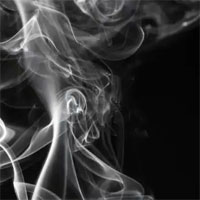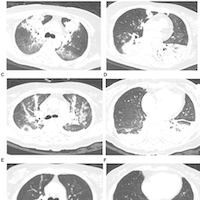ED Management of Smoke Inhalation Injury in Adults
ebmedicine.net
When treating patients who have suffered injury in a fire, managing their airway is as critical as treating their burns. Following on the February 2018 issue on Thermal Burns, this issue reviews strategies for diagnosing and treating inhalation injuries in fire-exposed patients.
- How is inhalation injury severity measured?
- What are the differences between injury to the upper airway, the lower airway, and systemic effects of intoxication?
- What are the signs of carbon monoxide and cyanide poisoning, and what are the best treatments?
- What kind of diagnostic tests should be done, and what will they tell you?
- Blood gas, CO-oximetry, pulse oximetry, and pulse CO-oximetry: when should they be used and when might they be falsely normal?
- What are the benefits and limitations of CT, bronchoscopy, and laryngoscopy?
- Are prophylactic antibiotics warranted to prevent pneumonia?
- What are the optimal methods of airway management when edema and airway obstruction is a threat?














